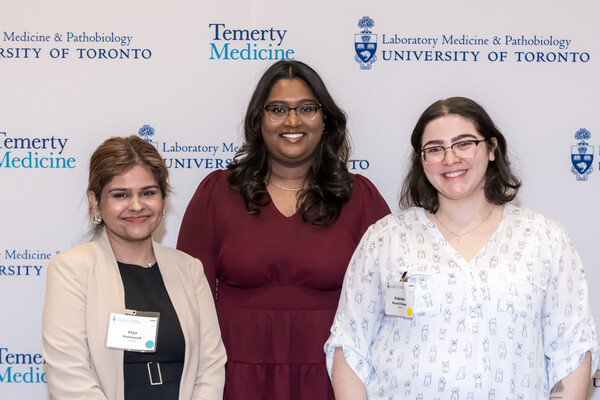Breadcrumbs
Transitioning Cancer Follow-Up Care from Specialized Oncology Teams to Primary Care Providers

Oncology units at Princess Margaret are overburdened, and the integration of PCPs could ease the burden on the hospital. There is a need to test the validity and usability of an End-of-Treatment letter prototype, which aims to improve the communication barriers faced by oncology teams and PCPs. This project involves the iterative refinement of a tool for clinics at PM by embedding specific PCP feedback. In doing so, this project builds on existing literature to gather first-hand experiences, translated into a refined communication tool for use by PM to effectively optimize the communication between providers during this transition.
Background
Integrating cancer survivorship care with primary care providers (PCPs), specifically family physicians, may ease the burden on hospitals and allow cancer care specialists to focus on patients receiving primary treatment. This project aimed to examine the overall views of PCPs regarding their role in cancer survivorship care and identify the resources they require to effectively manage this responsibility. The Toronto Translational Framework was used to guide the approach, identify the problem and need, verify the need, and test a prototype. This project employed a multi-method approach, including a survey distributed to family physicians for general perspectives on providing cancer survivorship care and semi-structured interviews to gather feedback on the end-of-treatment letter. Overall, 28 surveys and 9 interviews were conducted with family physicians. Findings from the surveys and interviews indicated a clear disparity in the communications between family physicians and oncology teams, with a need for a better definition of roles and improved information formatting of the end-of-treatment letter. A primary barrier towards optimizing the transition of patients is the lack of clinician buy-in and clinical support (e.g. human resources) to facilitate projects that address the communication barriers. To better understand the specific communication barriers, updating and validating a tool that could facilitate better communication, such as the end-of-treatment letter, could help optimize the transition of patients from specialized care teams back to their primary care providers and support better coordination of care.



